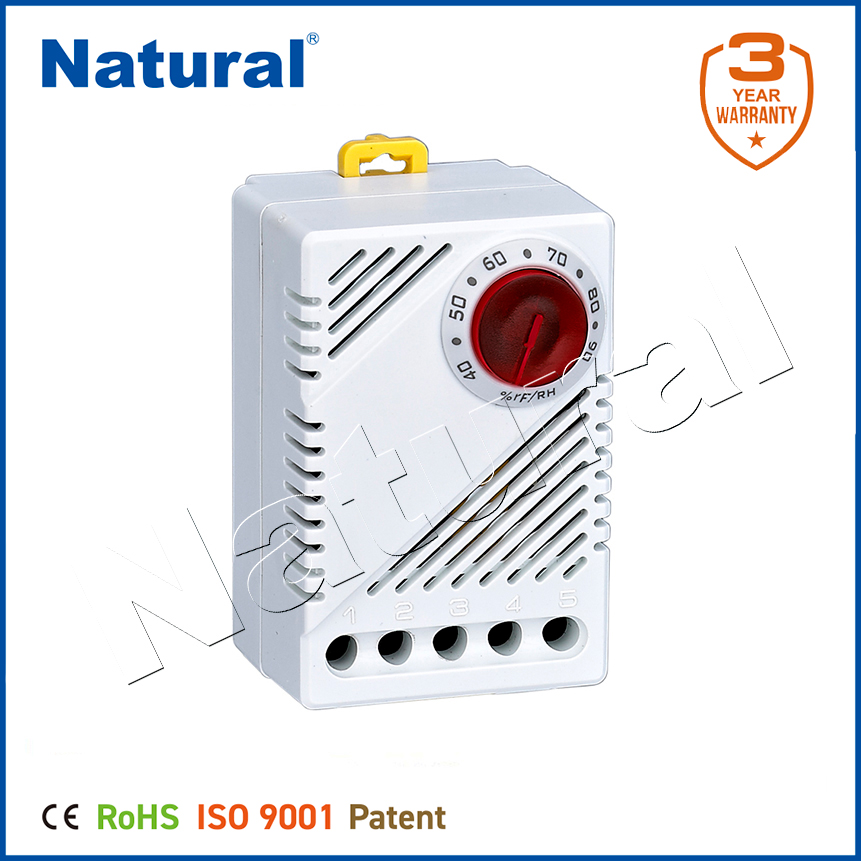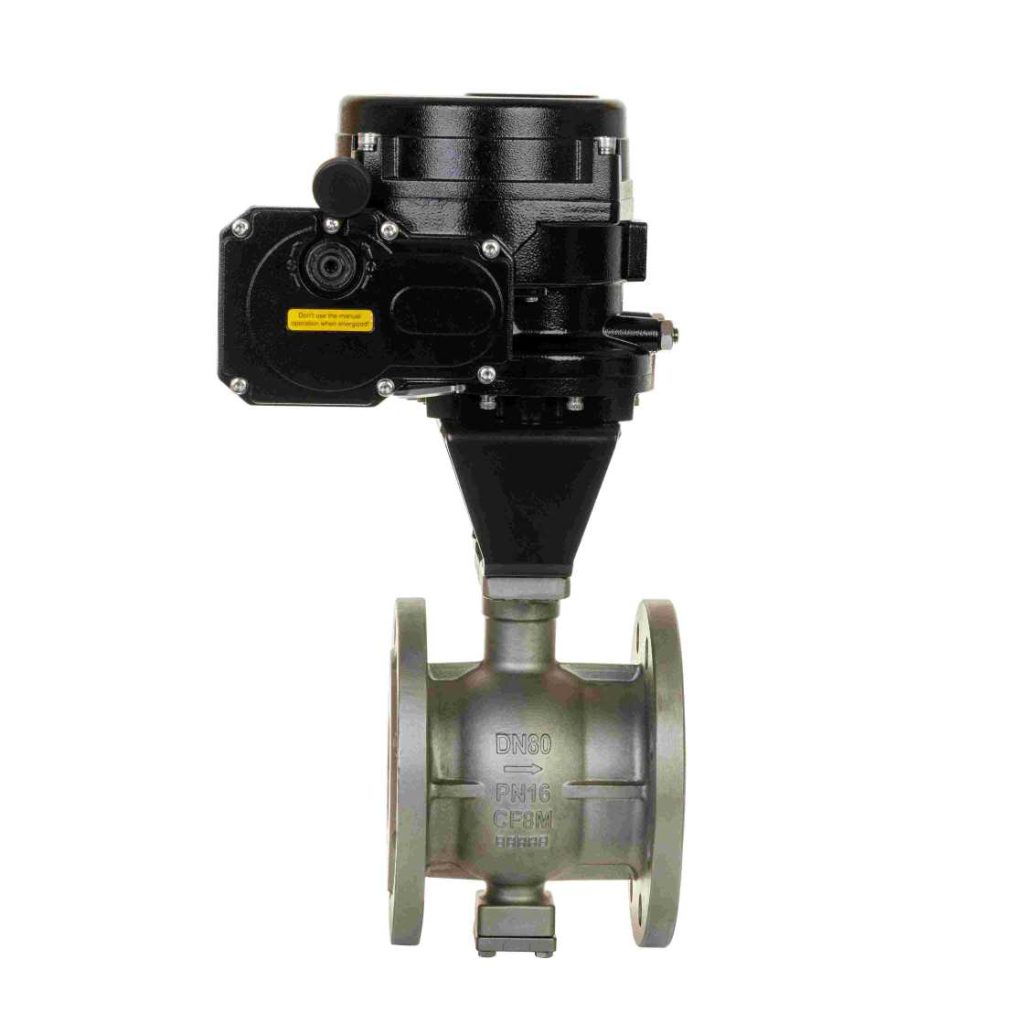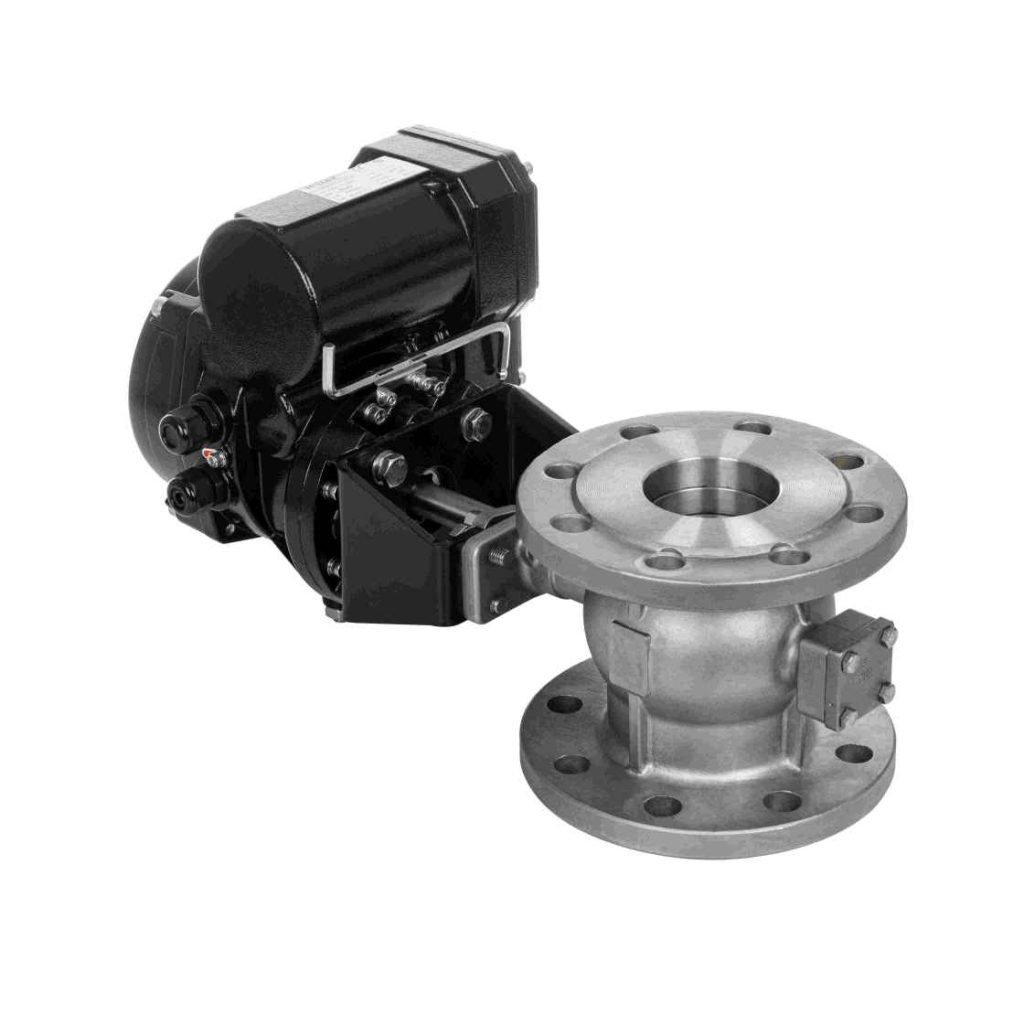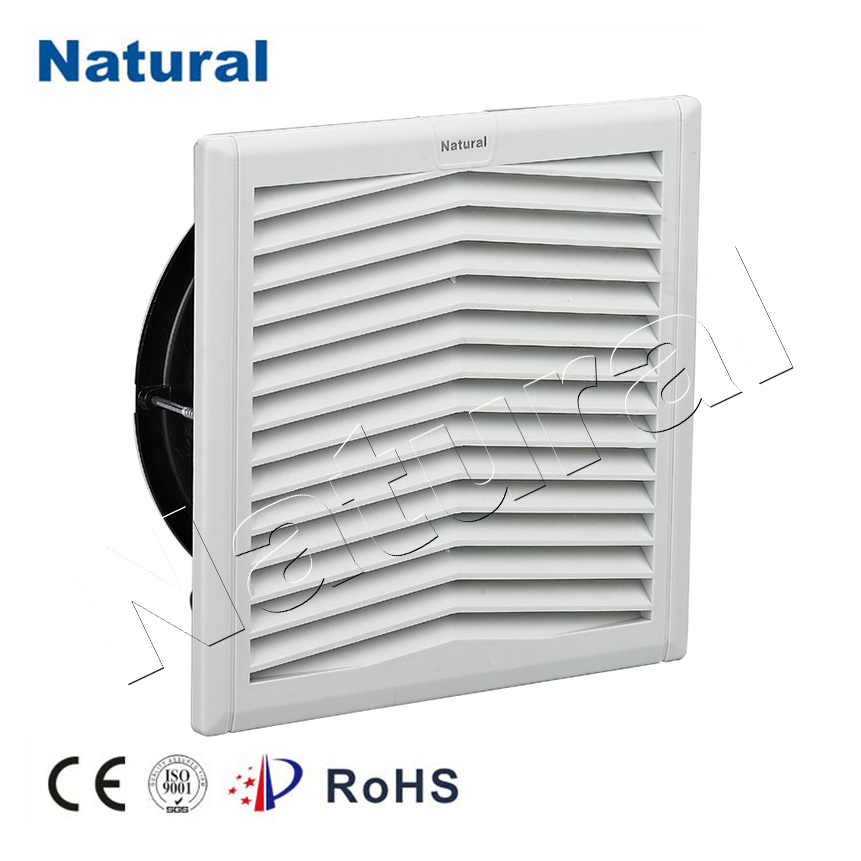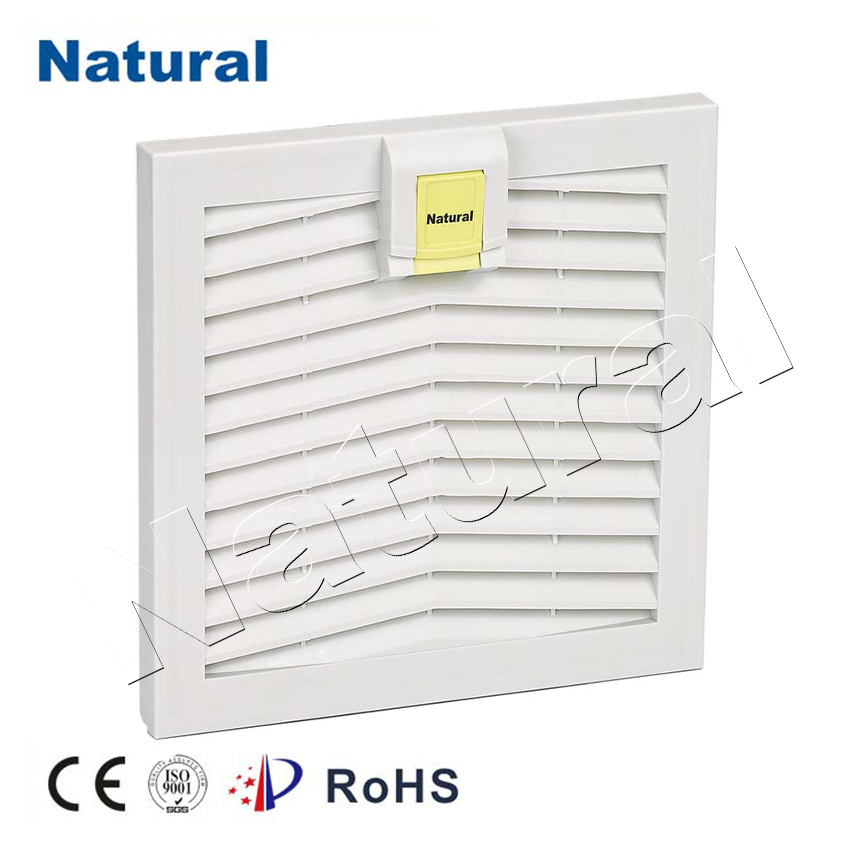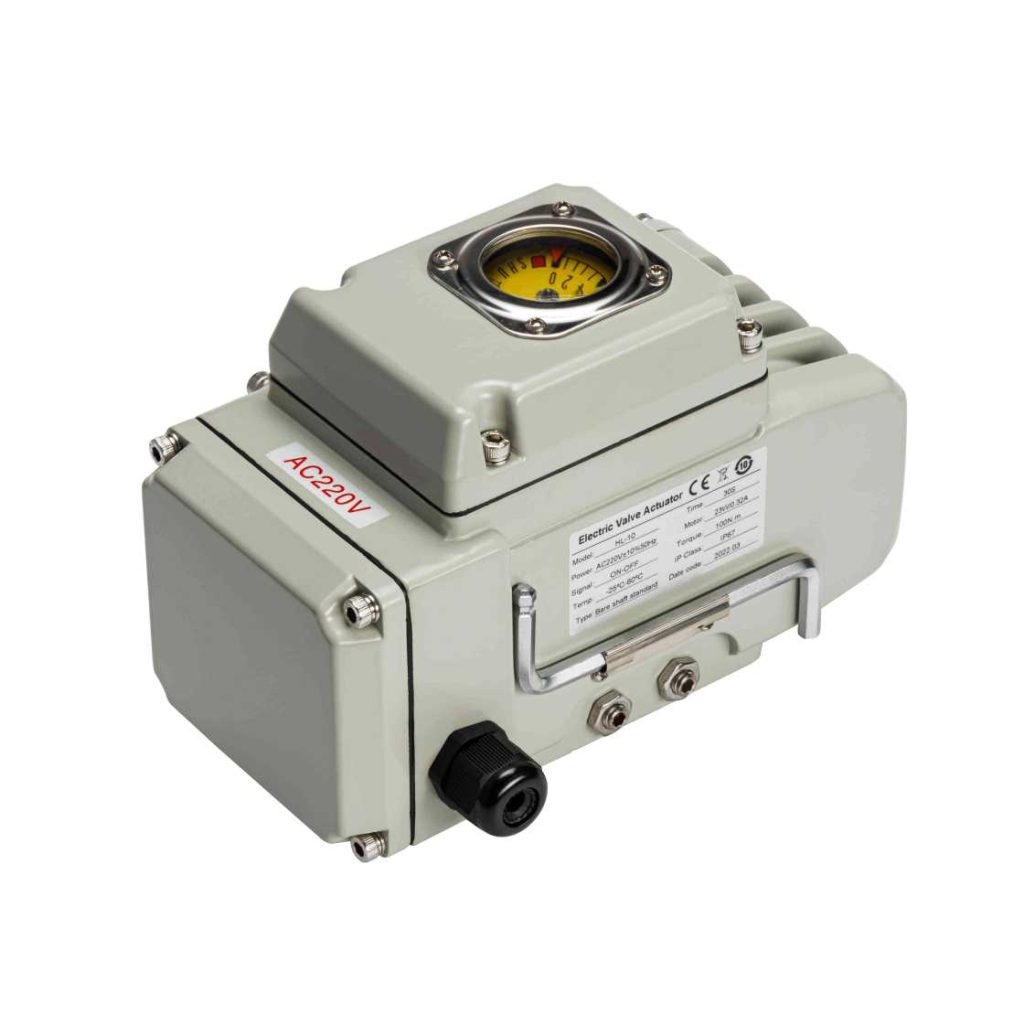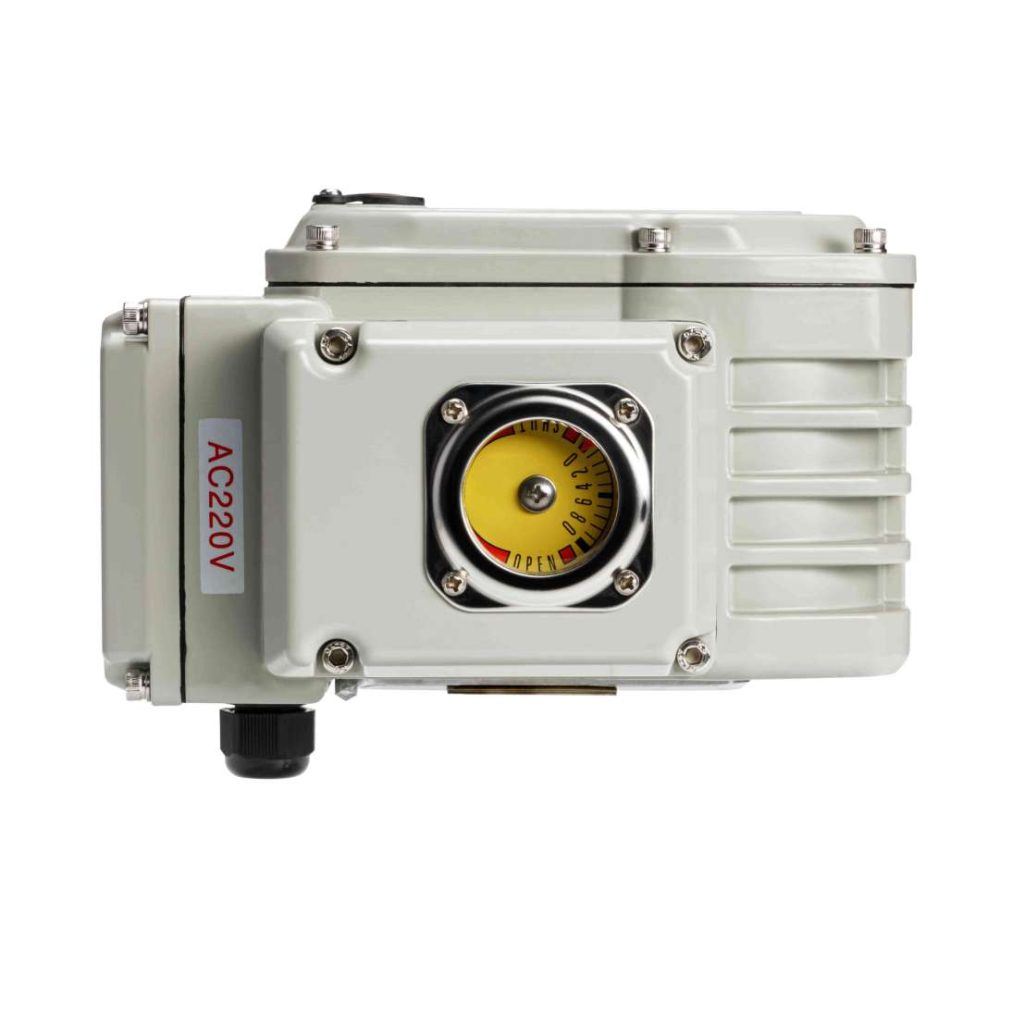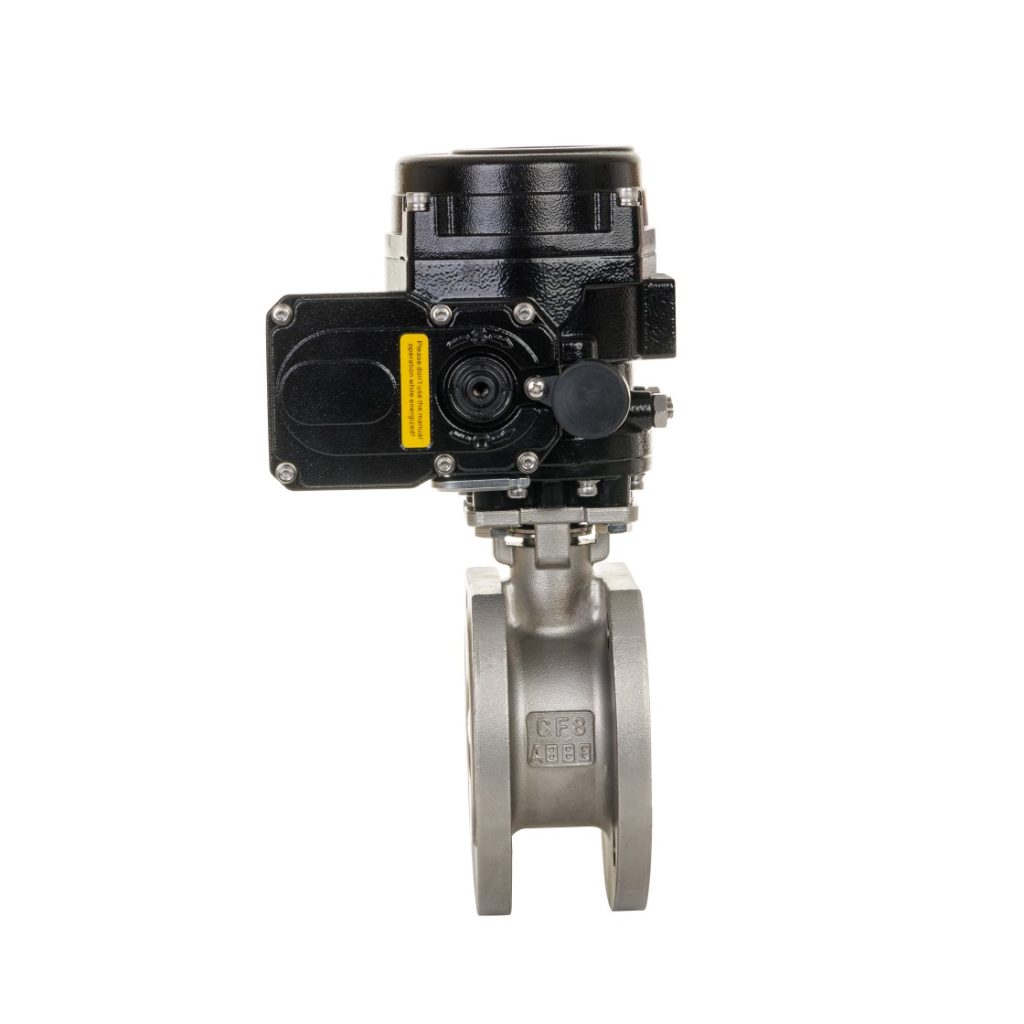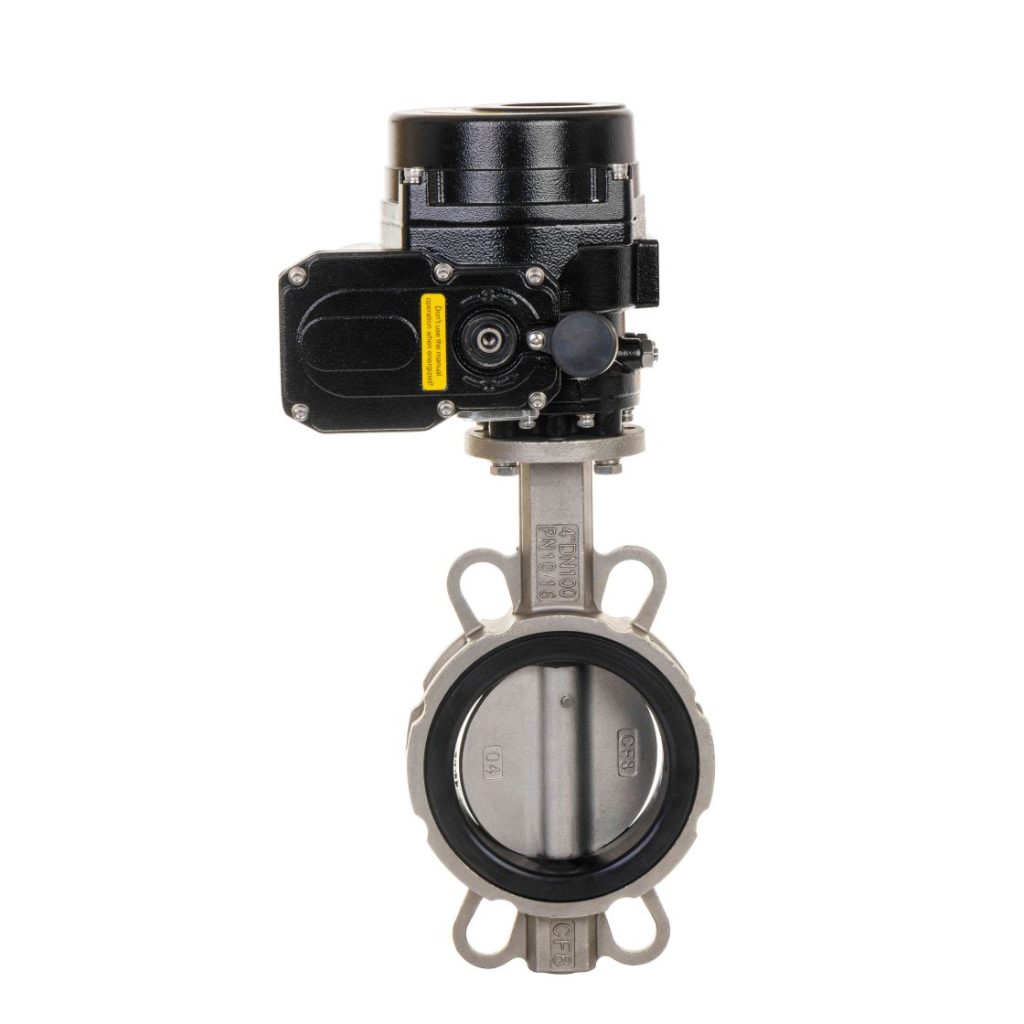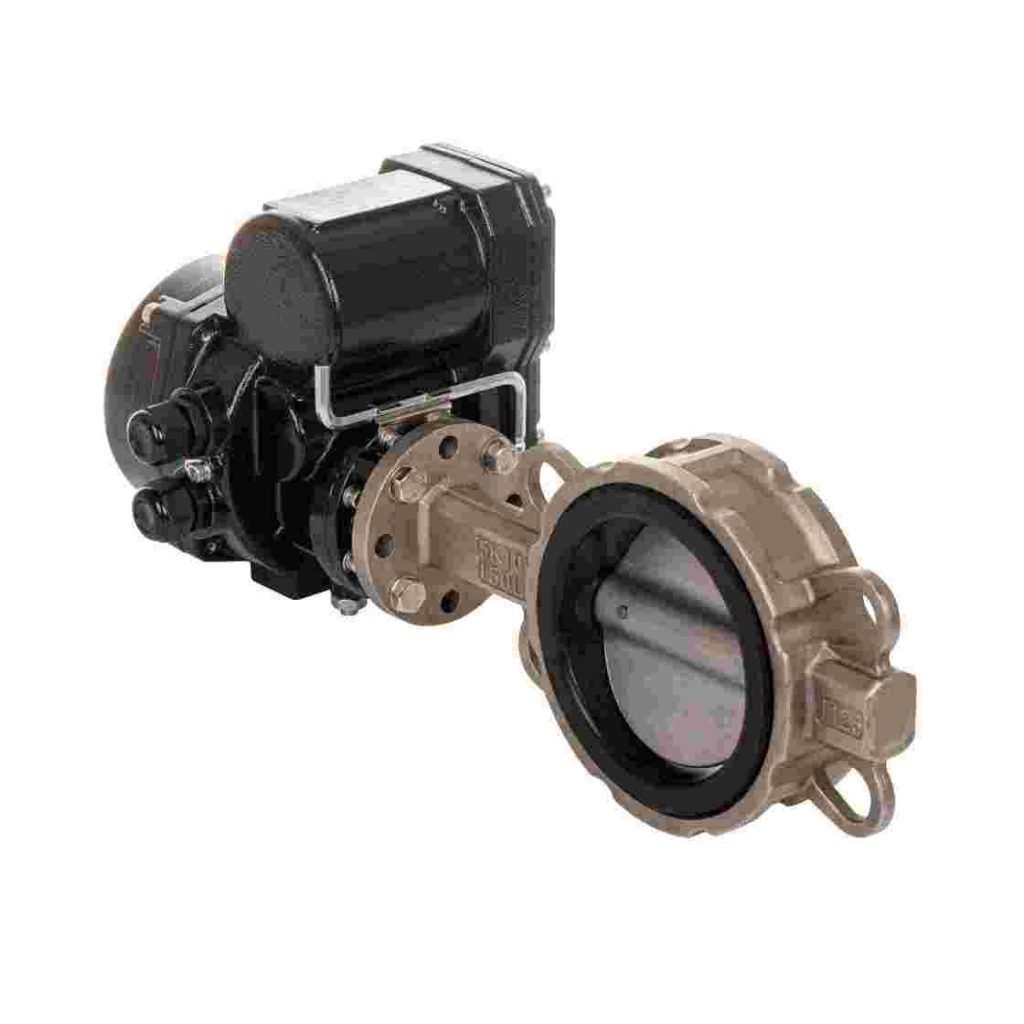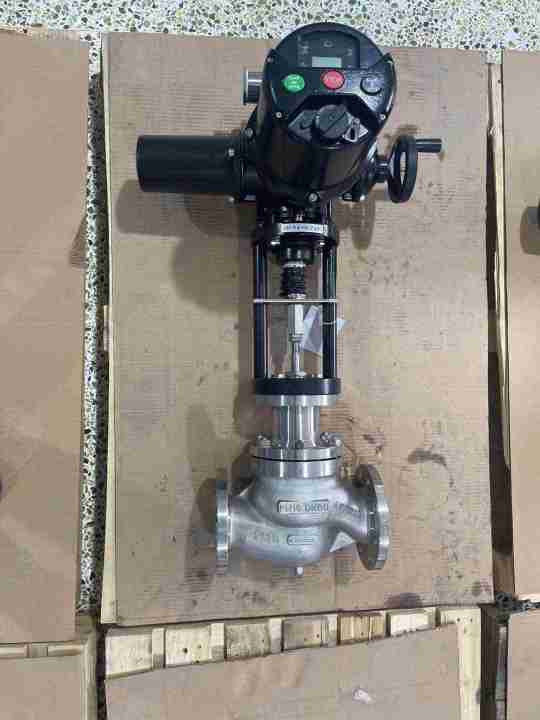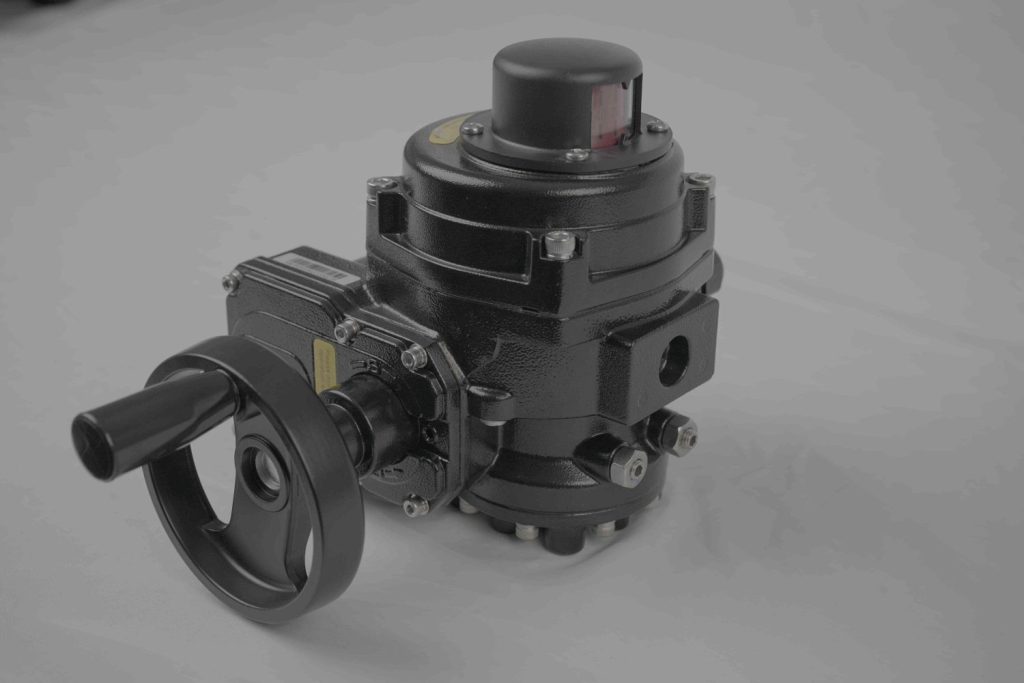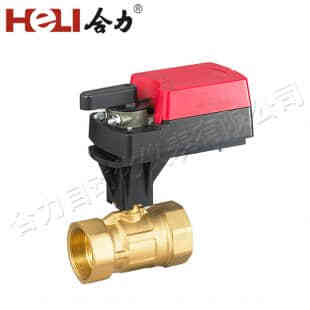In the realm of environmental control, the electronic hygrostat plays a crucial role in managing humidity levels in various settings. This device is essential for maintaining optimal conditions in homes, laboratories, and industrial applications. This article delves into the workings, benefits, and applications of electronic hygrostats, illustrating their importance in our daily lives.

What is an Electronic Hygrostat?

An electronic hygrostat is an advanced device designed to measure and control humidity levels in a given environment. Unlike traditional hygrostats that rely on mechanical components, electronic versions utilize digital sensors and microcontrollers to provide accurate and consistent readings. This technology allows for precise control over humidity, making them ideal for a wide range of applications. How Does It Work? At its core, an electronic hygrostat measures relative humidity, which is the amount of moisture in the air compared to the maximum amount the air can hold at a given temperature. The device employs a hygrometer—often a capacitive or resistive sensor—to detect humidity levels. The data collected by the sensor is processed by an onboard microcontroller, which compares the readings to pre-set humidity thresholds.
